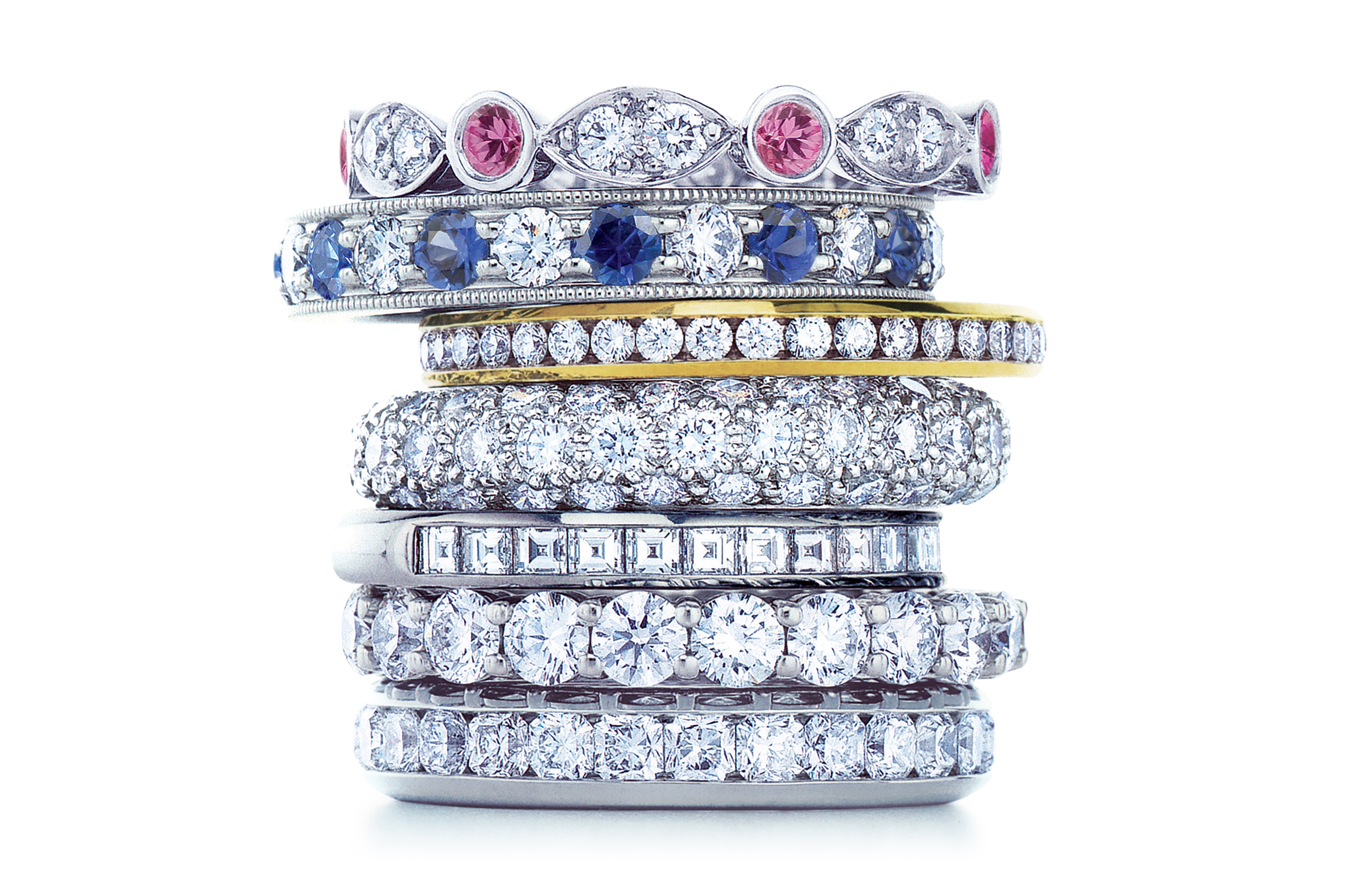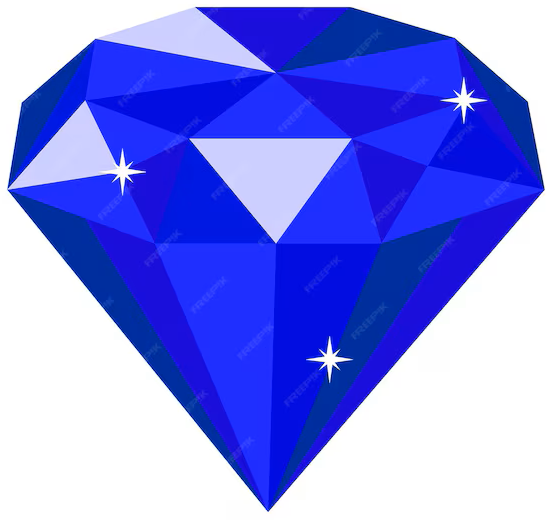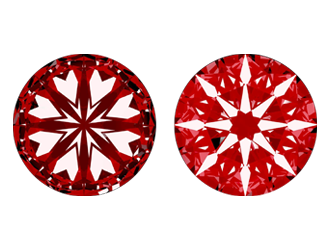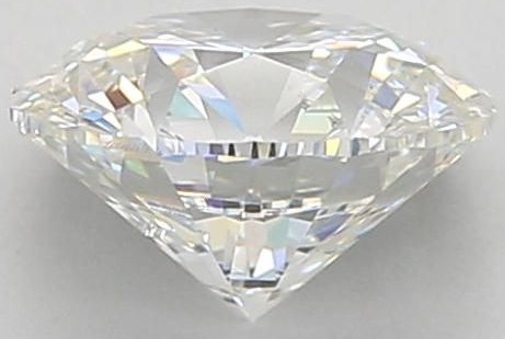0 of 0 Results

Lifetime Warranty

Hassle Free Returns

Free Resizing

Conflict Free Diamonds
FAQs about Near Colorless Diamond
The fine of a diamond is determined by way of a variety of of factors, together with its color, clarity, cut, and carat weight. within the diamond enterprise, "close to colorless" is a term used to describe diamonds that have a moderate yellow or brown tint, however are still taken into consideration to be of high exceptional. Diamonds which might be graded "close to colorless" (G to I on the Gemological Institute of the usa's (GIA) color scale) generally have a totally mild yellow or brown tint that is not easily substantive to the bare eye. those diamonds are nevertheless considered to be of high high-quality and may be an excellent desire for people who want a diamond that is both beautiful and low cost
close to colorless is a term used to explain diamonds that have a slight yellow or brown tint, but are nevertheless considered to be of high satisfactory. The Gemological Institute of america (GIA) uses a color scale to grade diamonds based totally on their color, with the grades starting from D (colorless) to Z (light yellow or brown).
near colorless diamonds are those that have a faint yellow or brown hue but are nonetheless taken into consideration fantastic grade. The Gemological Institute of the usa (GIA) grades diamonds on a color scale, with grades ranging from D (colorless) to Z. (mild yellow or brown). Diamonds rated close to colorless frequently lie among G and i at the GIA color scale.
The near colorless variety for diamonds refers to diamonds that have a mild tint of color, generally within the yellow or brown spectrum, but are nonetheless taken into consideration to be colorless to the naked eye. The Gemological Institute of the united states (GIA) grades diamonds on a scale from D (completely colorless) to Z (mild yellow or brown). Diamonds inside the variety of G to J are considered to be near colorless, and are still pretty prized for his or her beauty and clarity.
The distinction between a near colorless diamond and a drab diamond is the presence and intensity of the diamond's frame color. a colorless diamond, with a GIA grade of D, E, or F, has no seen color, and is taken into consideration to be the rarest and maximum treaYesd kind of diamond. then again, near colorless diamonds, with grades of G, H, I, or J, have a slight tint of yellow or brown, that is commonly now not substantive to the bare eye
compared to colorless diamonds, close to colorless diamonds are generally much less high-priced, but the price can nonetheless vary substantially depending on different factors including the carat weight, cut, clarity, and shape of the diamond. near colorless diamonds with grades of G, H, I, or J are nonetheless considered to be , visually stunning diamonds, and their moderate tint of color may not be great to the bare eye.
The term close to colorless is used to explain diamonds that have a mild tint of color, commonly within the yellow or brown spectrum, however are nonetheless considered to be colorless to the naked eye. The Gemological Institute of the us (GIA) grades diamonds on a scale from D (absolutely colorless) to Z (mild yellow or brown), and diamonds inside the range of G to J are considered to be close to colorless.
The charge of a near colorless diamond will depend on numerous factors, including the carat weight, cut, clarity, and form of the diamond, in addition to supply and demand elements inside the marketplace. As a general rule, near colorless diamonds are normally much less expensive than colorless diamonds due to their moderate tint of color, however nonetheless considered to be and visually stunning.






















































